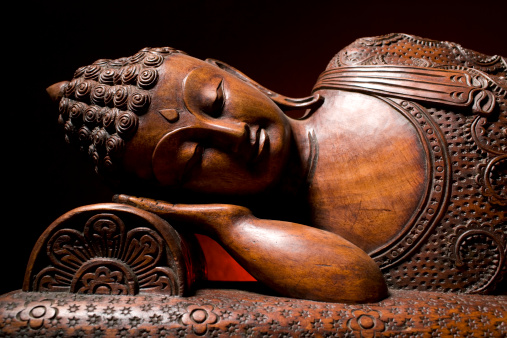What are the definitions of the three kinds of clean meat? First, I did not see with my own eyes that the animal was killed for me; second, I did not hear from someone I trust that it was killed specifically for me; third, I myself have no doubt that it was not killed specially for me. For example, the meat sold at the market is for all meat eaters, not for me alone, so it is to be deemed clean meat. Or, when being a guest of a Tibetan house, the host would usually kill a sheep to honor the guest. The Chinese would more likely want to kill chickens, fish, rabbits and the likes for the same occasion. These are not clean meat. The rule of Theravada stipulates that only the three kinds of clean flesh are permitted for consumption; others are not.
~Depicted from THE RIGHT VIEW - Why Vegetarian?











